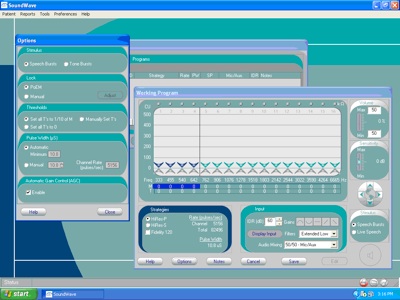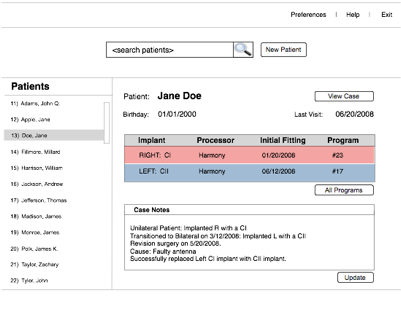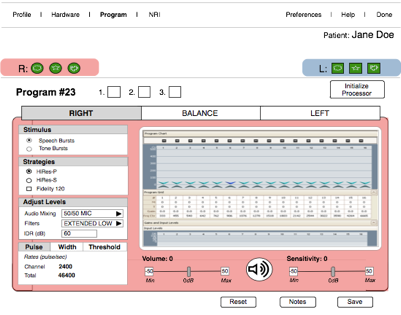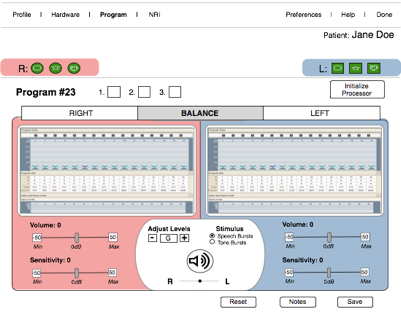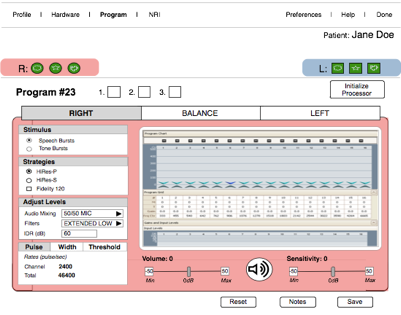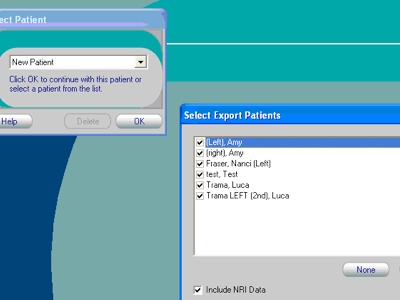Amy Lee
User Experience Designer
contact: amy@eelyma.me
Cochlear Implant

CLIENT: Advanced Bionics
PLATFORM: Desktop software



Cochlear implant processor worn on the ear

Cochlear implants offer profoundly deaf individuals a second chance to hear. I redesigned the UI and workflow for the software by incorporating a bilateral programming feature introducing the ability to program both processors (left & right) in the same session. Previously, audiologists were limited to programming each implant separately, leading to multiple sessions, long office visits, and opportunities for error.
I was the lead designer involved in research and design, including contextually interviewing and observing audiologists at work to identify needs, and translating findings into wireframe solutions.
Role
Research
We observed audiologists at work to identify needs and surveyed features desired for the bilateral programming environment to inform design decisions.
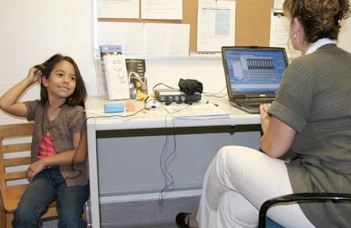
Introduced a patient management solution for maintaining one file for each patient.
Wireframes

Description
Key Finding:
Maintaining multiple patient files (one for each processor) impedes the programming process, thereby doubling the workload requiring both software and hardware maintenance for each processor. Providing simultaneous balancing and a focused workflow increases efficiency and reduces errors.
Patient management - one file for each patient
Photo: Patient in programming session
Screenshot (current product): Utilizes multiple windows to perform tasks, resulting in window management issues
Reorganized the Information Architecture to streamline tasks and eliminate the need for multiple windows.
Programming streamlined into a single window
Simplified File Mangement
Focused Tasks
Limited controls for balancing
Provided a bilateral programming solution offering advanced controls for programming individual processors and limited controls for simultaneous balancing to focus tasks.
Advanced controls for single programming
Screenshot (current product): Multiple files associated with a single patient are independent, resulting in lack of a comprehensive patient file
